My progress with Canon, from 450D to 6D
Above/featured: Along Vancouver’s Seawall to a partly obscured Lions Gate Bridge – 17 Jan 2014.
I skipped a step, as I’ve moved from a triple-digit camera model to a single-digit model.
For over five years, I owned an entry-level Canon DSLR (digital single lens reflex) camera. Carrying the EOS 450D (XSi) along for the ride, I traveled over one million miles in the air and I made over 75000 exposures.
Goodbye, 450D
The shutter on the 450D failed to close properly in early-August 2013, as I stood in front of the television tower in Prague’s Zizkov. I made do with an aging iPod Touch for another five months. When the calendar flipped over to 2014, I’d been missing photography with a camera by a very large mile.
Judging by the Canon EOS 450D shutter-life histogram, my old 450D came through pretty well on above-average shutter-life performance.

Canon EOS450D (XSi), by Dr.K on Wikimedia.
Up to the 6D
I picked up the Canon EOS6D in mid-January 2014 under the banner of post-Christmas post-New Year’s sales. I already have the EF 50-prime and EF 70-300 lenses, and I wanted to take advantage of these great lenses with a full-frame camera body; I had the idea of purchasing only the camera body. The bundle with the preferred 24-70mm L-series lens was too far, but the package deal with the more affordable 24-105mm L-glass including an additional padded camera strap, a padded camera carrying case, and an extra battery was a decent compromise.
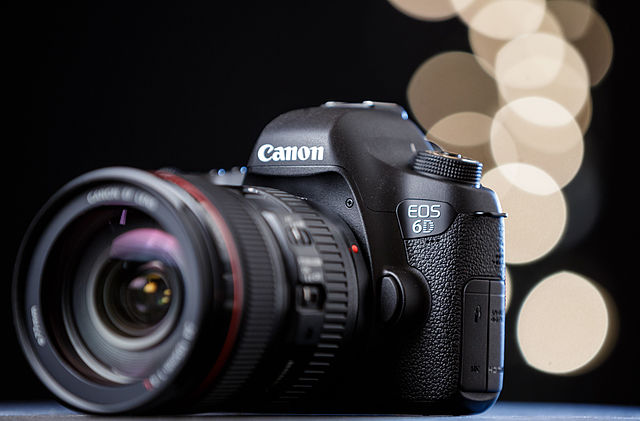
Canon EOS6D, by Dave Dugdale on Wikimedia.
Happily, I’m no longer concerned with the 1.6 crop factor; that is, a shot with the 450D at 50mm focal length has the same imaging area as a shot with the 6D at 80mm focal length. I’m enjoying the camera and I’m a big fan; here is a shortlist of ‘pros’ and ‘cons’ with the camera.
Pros:
- GPS, for automatic geotagging of my photographs
- WiFi, for direct upload onto my iPod Touch (or future smartphone)
- Much better low-light performance; higher ISO range
- Large range of RAW and JPG sizes
- Video capability, though I haven’t used video much at this stage
Cons:
- Body heavier and more cumbersome; already knew this for full-frame camera
- Internal GPS can be slow to connect with satellites
- Battery drains quickly with GPS and WiFi usage
- Could use an extra card slot
- Still no focal length displayed with aperture, exposure time, ISO
At the Digital Photography Review website, you can compare side-by-side an entry-level Canon DSLR with a full-frame Canon DSLR. For example, select and compare the 500D (T1i) against the 6D; the 450D is so ‘old’ it’s unavailable in the listing. You can do your own intrabrand or interbrand comparison(s) here.
My first images with the 6D
As of this post, I’ve already made in eight months over 9000 exposures with the 6D, edging ever closer to turning over the four-digit image-number counter for the first time. Below are photographs over the first eight months of the year.
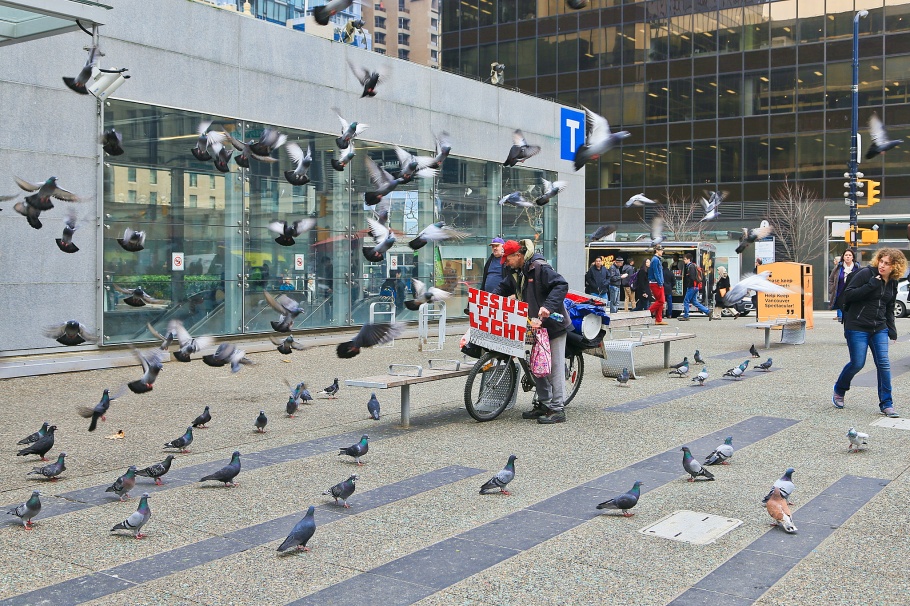
“(F)light of the Columbidae”, Vancouver City Centre – 17 January 2014.
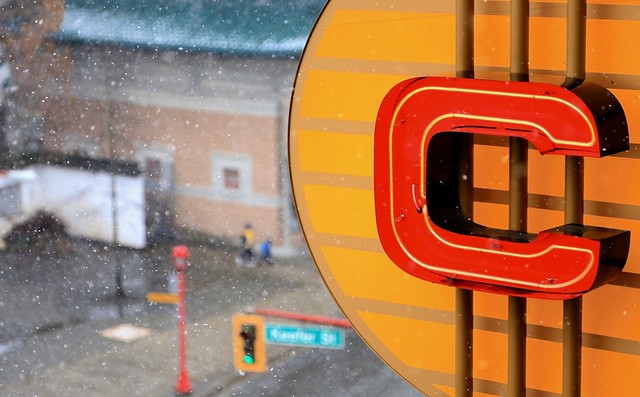

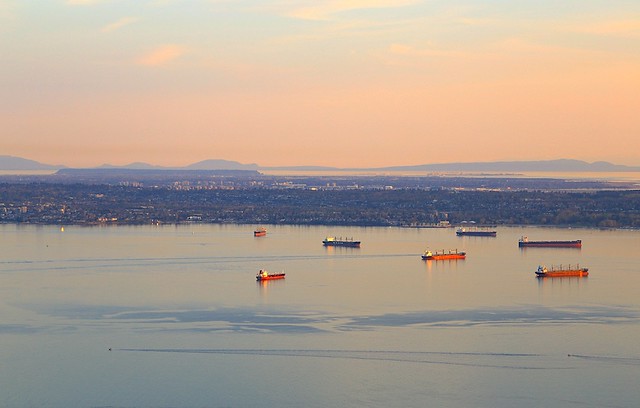
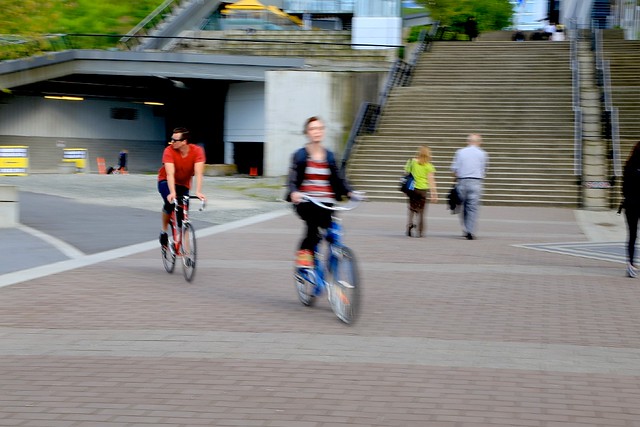



I made all of the photos in Vancouver, Canada. This post appears on Fotoeins Fotografie at fotoeins DOT com as http://wp.me/p1BIdT-5pg.
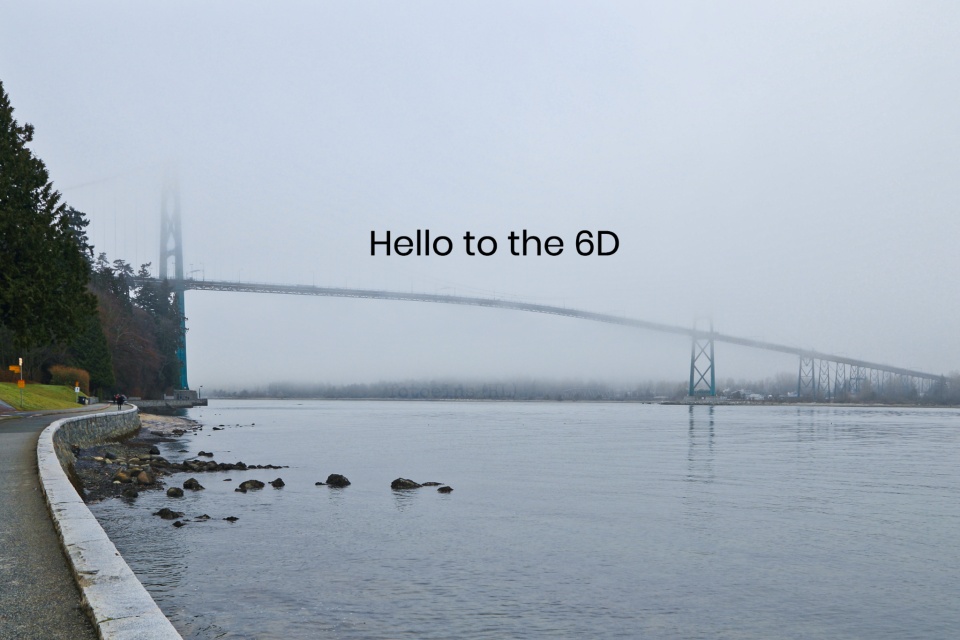
11 Responses to “My progress with Canon, from 450D to 6D”
I bought last year a sony alpha 58. I use it rather regulary when I am outside but I yet have to get over 6000 exposures. I never really delete any pictures, I save them on my hard drive and pictures I really like I work on a bit if needed and print them out or they come to another extra folder 🙂
LikeLiked by 1 person
Hi, Timo. I rarely delete photographs once I’ve offloaded them onto disk, though I suppose I really should trim down the number of images in storage. It definitely becomes an issue when every RAW is over 20 MBytes in size, and I’m shooting in RAW+JPG. Thanks for your comment!
LikeLike
I also shoot in RAW +JPG. I usually delete pictures which are really messed up. Usually this happens when I don’t use a tripod when shooting during darker hours
LikeLiked by 1 person
Well, that’s true – if a shot is too under- or overexposed, or too out of focus to be of any use, then I’ll make the instant decision to get rid of it. But I find that I may be too “nice” and find that every photo is worth saving! Talk about “saving the bits”!
LikeLike
Hi Henry. I sold off my Nikon gear last year, and have gone to the Fuiji X-E1. I do love it, although I have so say my photo muse has been on vacation of late (: My first digital was a Fuiji, and I love their color management system, and it is a much smaller camera (which I love!). Your shots are gorgeous 🙂
LikeLiked by 1 person
Thanks, Nancie! I like the output coming out of the 6D, but the “grass is greener” side of me looks enviously at the compact mirrorless cameras and the kinds of photos people are producing with these cameras. I’ve also heard about how good the colours are with Fuji hardware, and that’s something I’ll have to keep in mind for the future. Thanks again for your kind comment! 🙂
LikeLike
[…] f/8, ISO100, 18mm focal length (29mm full-frame equivalent). The camera’s shutter assembly died shortly after I made these photos. This post appears on Fotoeins Fotopress at fotoeins.com as […]
LikeLike
[…] “flipped” the four-digit image counter on my Canon EOS6D camera for the third time to exceed total exposure number 30-thousand. The reset occurred in Magdeburg, […]
LikeLike
[…] used a full-frame Canon 6D camera (C6D) since January 2014, I knew what sacrifices with the X70 would entail: no optical viewfinder, fixed […]
LikeLike
[…] of glass within the Canon camera-system, I moved “up” to a Canon camera with a full-frame sensor (6D1) in early 2014. With a larger sensor providing greater sensitivity to low-light, I feel the camera […]
LikeLike
[…] which has included a point-and-shoot camera, an introductory crop-frame camera, a consumer-model full-frame camera, and a compact mirrorless […]
LikeLike